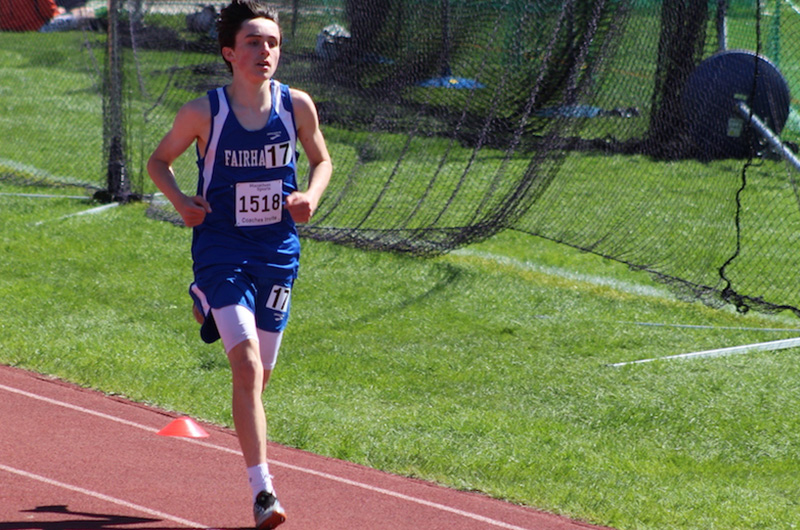Avulsion Fracture | Symptoms & Causes
What causes avulsion fractures?
To understand avulsion fractures, it helps to understand the interactions between tendons, muscles, and bones. Tendons connect muscles to bones. When a soccer player kicks a ball, for instance, their muscles provide the power while their tendons transfer this power to their bones, moving the leg so that it sends the ball down the field.
Avulsion fractures happen when a set of muscles puts more pressure on the bone than the bone can withstand. As youth sports have become more competitive, many young athletes are developing extremely strong muscles. When a muscle is stronger than the bone it’s attached to, it becomes more likely that the force of the tendon can cause a small piece of bone to break away from the rest of the bone.
In addition to the rapid development of muscle strength during adolescence, the rapid rate of growth during childhood and adolescence can lead to tighter muscles and tendons in young athletes, which can result in increased tension on the location where the tendon attaches to the bone.
In growing athletes, avulsion fractures typically occur around soft areas of cartilage called apophyses — areas of the skeleton where the bone is rapidly developing and not yet fully ossified (hardened). Once a child reaches mature height, these areas become as strong as the rest of the bone, but until then, the apophyses are prone to injury.
How do avulsion fractures occur in sports?
Some avulsion fractures are acute injuries that occur during the sudden, explosive motions or changes in direction common in soccer, tennis, gymnastics, and football.
In other cases, avulsion fractures are overuse injuries that develop over time through repetitive stress on the bone, such as in running.

Meet Will
Hip pain and a diagnosis of an avulsion fracture forced this track star to take time off from running. Through patience and hard work, he is back on the track. “I’m so happy to be running again.”
What are the symptoms of an avulsion fracture?
- a popping or cracking sound (acute injury)
- bruising or swelling around the injury
- pain that spreads to surrounding areas of the body
- pain when moving the affected limb
- limping or trouble walking
Avulsion Fracture | Diagnosis & Treatments
How is an avulsion fracture diagnosed?
Your child’s doctor will examine the injured area and ask about the sports your child plays and when they started feeling pain.
The doctor may order an x-ray to look for signs of bone damage. They may also perform a sports ultrasound, which allows them to see the muscles, tendons, and bone as your child moves their limb.
In some cases, magnetic resonance imaging (MRI) can help diagnose or confirm an avulsion fracture.
How is an avulsion fracture treated?
Most avulsion fractures do not require surgery. But your child will need to take time off from sports to allow their injured bone to heal. It’s possible your child will need to use crutches or wear a brace or a cast.
Full recovery from an avulsion fracture can take anywhere from a couple of weeks to several months, depending on the severity and location of the injury.
How we care for avulsion fractures at Boston Children’s Hospital
The Boston Children’s Hospital Orthopedics and Sports Medicine Center provides comprehensive assessment, treatment, and follow-up care to children, adolescents, and young adults with avulsion fractures. We understand the importance of sport in young athletes’ lives and provide the best care possible to help our patients return to their sports safely, without risking further injury.

